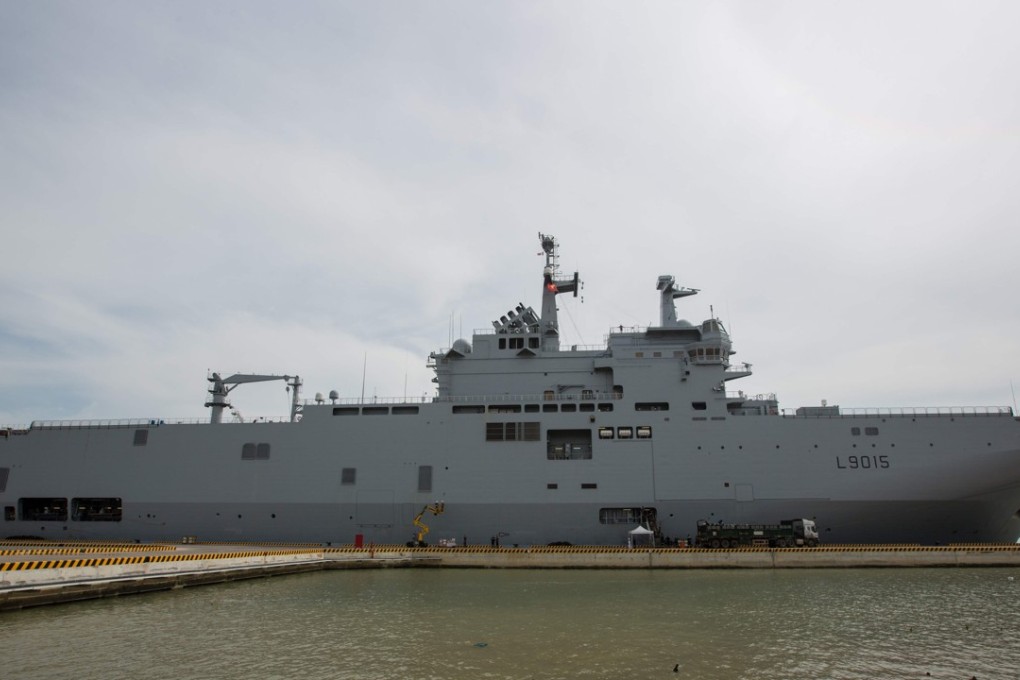On the water and in the air, French military pushes back against Beijing’s South China Sea claims
France has sent warships through contested waters and will hold air exercises in the area later this year

France is increasing its military presence in the Indo-Pacific region, sending warships through the South China Sea and planning air exercises to help counter China’s military build-up in disputed waters.
In late May, the French assault ship Dixmude and a frigate sailed through the disputed Spratly Islands and around a group of reefs that China has turned into islets, pushing back against Beijing’s claim to own most of the resource-rich South China Sea.
“Our patrol involved passing close to these islets to obtain intelligence with all the sensors it is possible to use in international waters,” the Dixmude’s commanding officer, Jean Porcher, said.
Writing in The Wall Street Journal, a researcher from the Hudson Institute think tank who was on board, said “several Chinese frigates and corvettes” tailed the French vessels.
Porcher said the ship maintained “cordial” radio contact with Chinese military vessels, “which were present in the area until we left”.